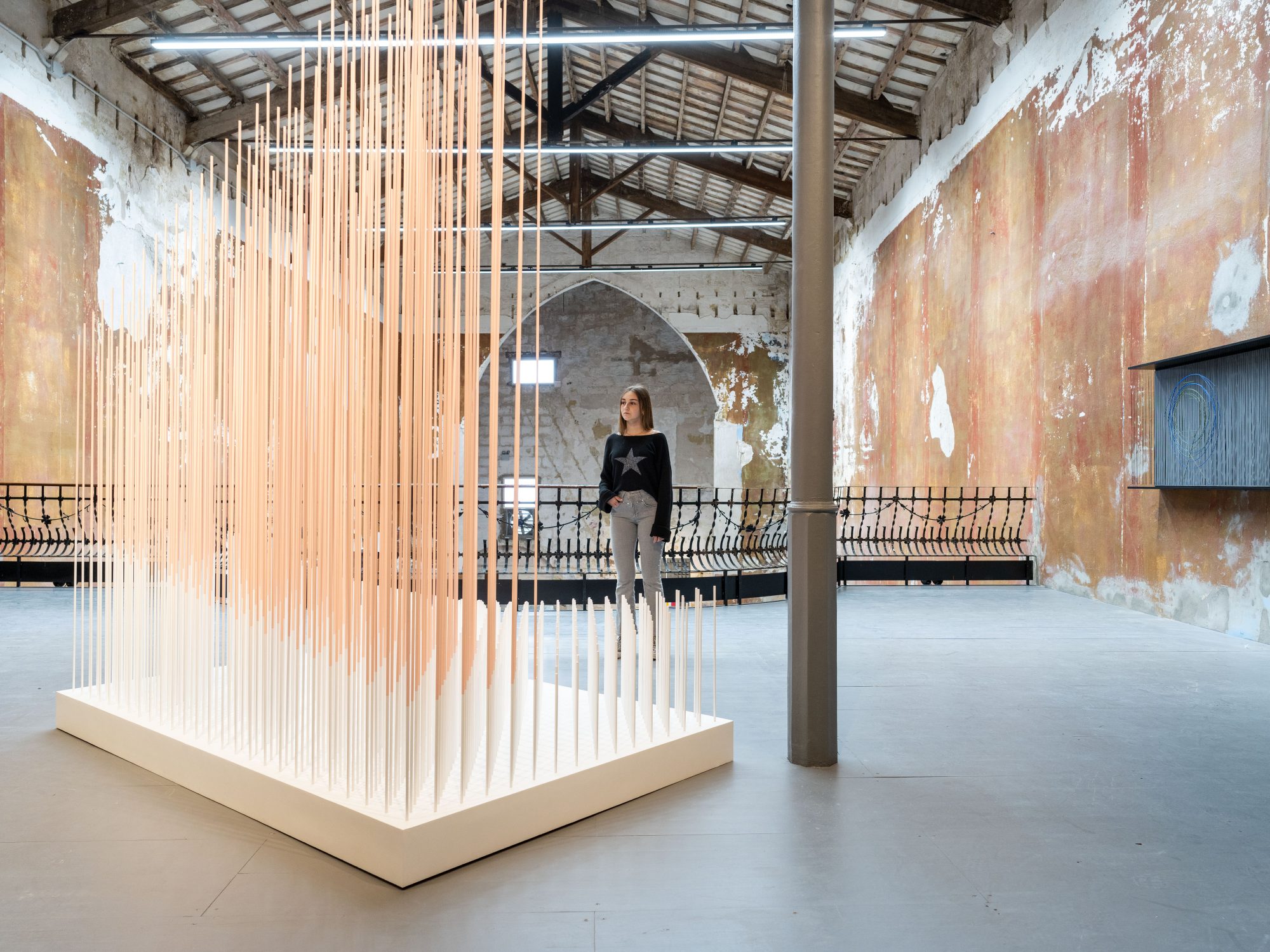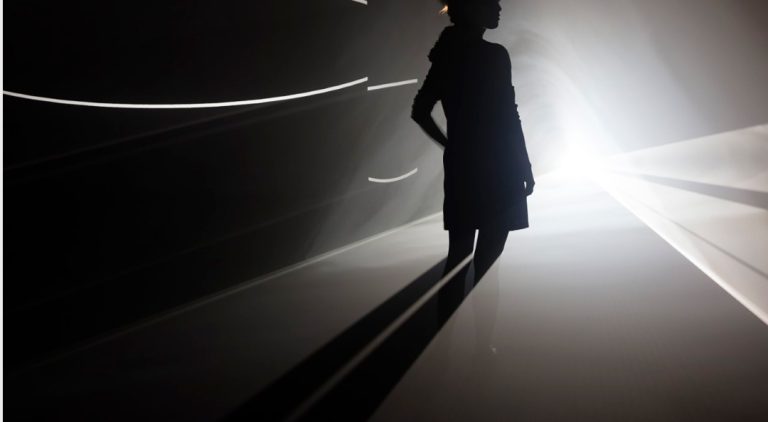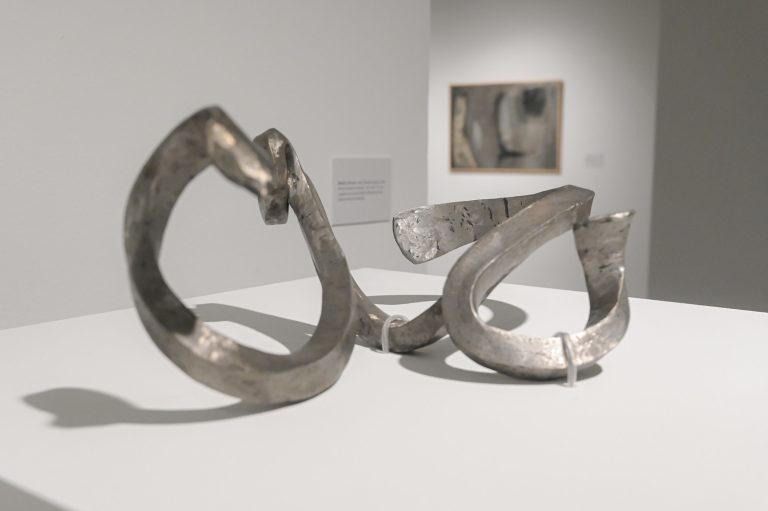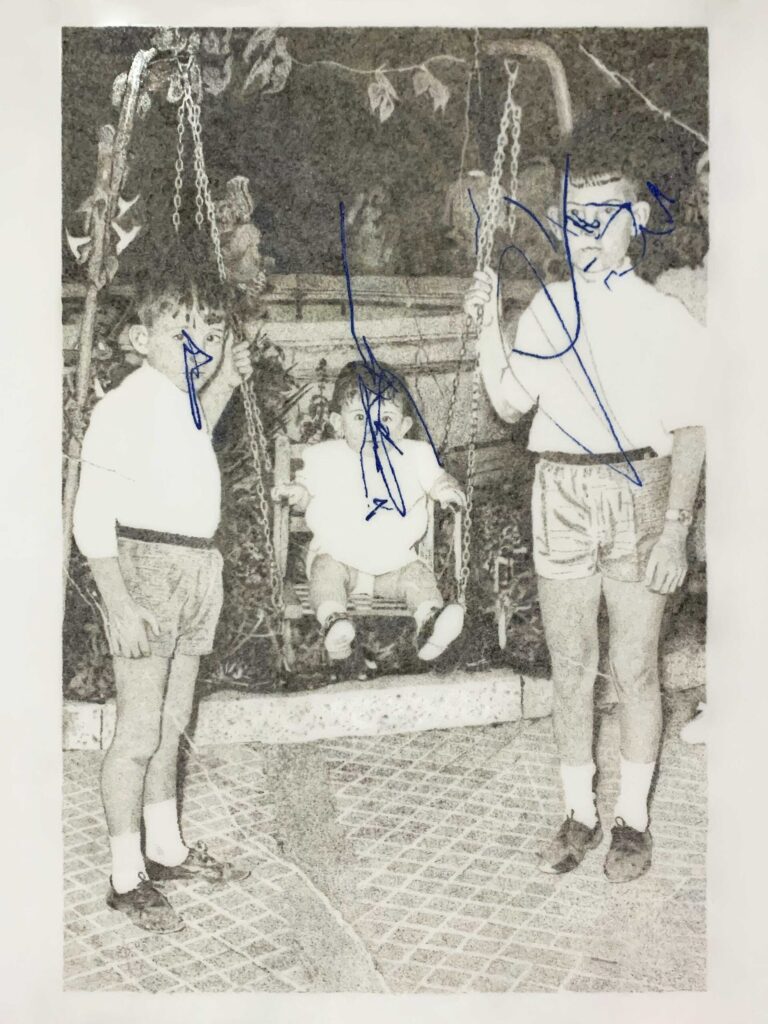Mahon,
Kineticism, optical art and minimalism constitute three pillars of the Cayón Gallery's exhibition programming and, in the coming months, a fundamental figure of the first current will focus the proposals of this room in its spaces in Menorca and Madrid, starting with the first. Jesús Rafael Soto, whose birth marked a century in 2023, trained at the School of Fine Arts of Caracas, where he was able to come into contact with modern European art and become familiar with Paul Cézanne or Picasso, whose schematic and personal representations of what real they were a complete discovery for him.
Under this attraction for the European avant-garde, he settled in Paris in 1950, and in this city he would be welcomed by Los Disidentes, a creative collective from the Venezuelan diaspora that sought to renew the art of its native country, promoting modern practices, and that in France sought Models. During his first years there, in which he played the guitar in different groups as a means of subsistence, he was inspired precisely by musical compositional structures to carry out works based on serialization and variation, and to develop his own color scheme.
We also know, from this moment, that the conferences that took place at the Atelier d'Art Abstrait were essential for his discovery of authors such as Piet Mondrian (he noticed his apparently simple orthogonal compositions); Kazimir Malevich (did the same with his white monochromes); and Moholy-Nagy, from whom he was able to learn about the theories on movement, light and transparency published in the essay Vision in Motion. It would also be vital for Soto to have contact with Marcel Duchamp's motorized optical devices, especially with the Rotating hemisphere (1925) which was part, at the Denise René Gallery, of the exhibition “Le Mouvement” of 1955, in which Soto participated and where, precisely, the name kinetic art was born.
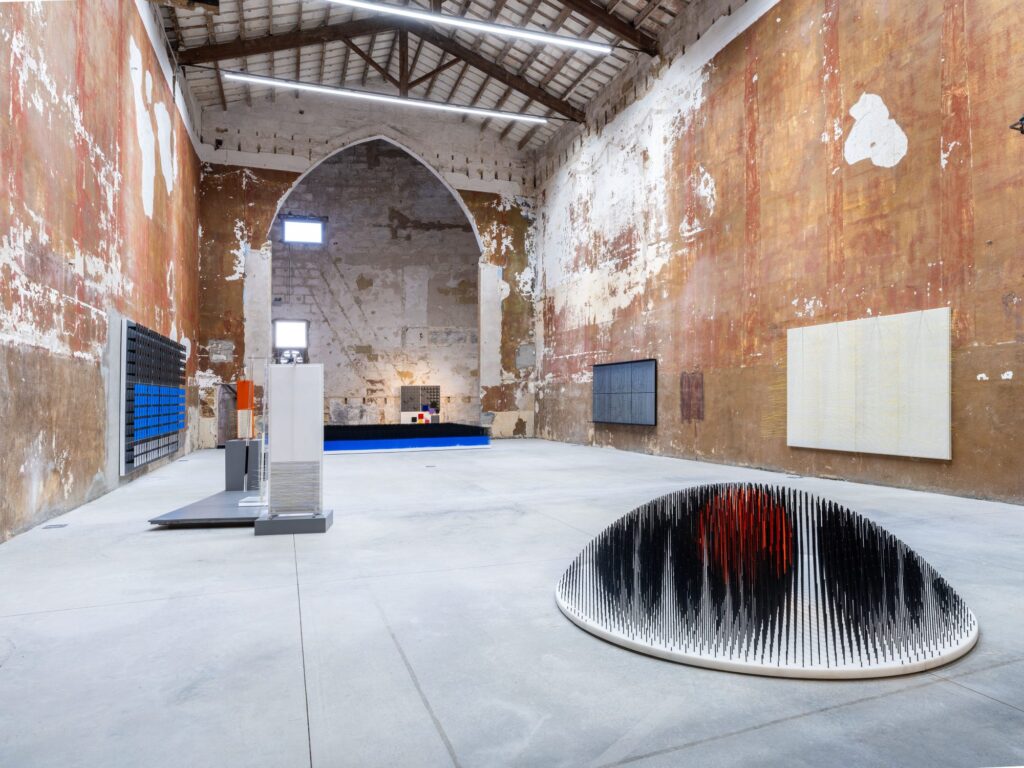
Already in the second half of the fifties, the Venezuelan would delve into some of the ideas raised by those precursor artists, taking his investigations along paths close to scientific experimentation and the philosophy of perception. Related to both fields is his desire to achieve the representation of a fourth dimension, to try to integrate the time and movement of the viewer into his creations.
Soto gave a key role to the public, which would have to be more than that: many of his works are only activated, set in motion, through the movement of visitors. The intention that these could enter his facilities, forming part of them as another material, would be fully developed in his Penetratable from the late sixties. These are works accessible to all people, regardless of age or knowledge; This open character would translate into their projects being demanded to transform public spaces, giving rise to collective aesthetic experiences; was the case of kinetic wall (1969), presented at the UNESCO building in Paris; or of Sphere Lutétia (1996), also shown in the French capital three decades later and reinstalled a few years ago at the Guggenheim Bilbao.
We are in the world like fish in water: without distance in the face of matter-energy; within it and not in front of it; There are no more spectators, only participants.
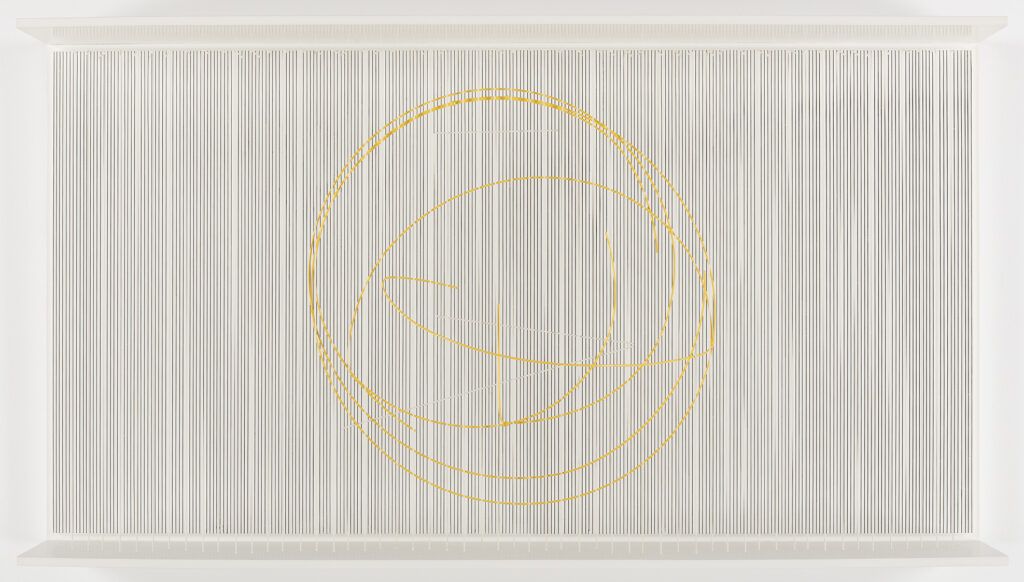
In the splendid space of Cayón in Mahón, forty works by Soto representative of his entire career await us until the end of August, given that they date between the fifties and 2004. They attest to his early overcoming of the borders between painting and sculpture and his research in the treatment of the three dimensions: articulated as a retrospective, this exhibition affects his conception of the artistic experience always related to temporality and the physical, and not contemplative, participation of the viewer.
Some of his first Parisian proposals have arrived in Menorca, in which he used color, geometry and the fluid relationships between form and substance to generate dynamism (Mur optic model1951) or his first attempts to incorporate in his pieces a movement that transcended two-dimensional representation (in his series vibrationin which he used metal threads on surfaces with grooves, patterns, giving rise to the effect I will die). One of the most significant compositions in the exhibition is, in this sense, Structure Blanche (1960).
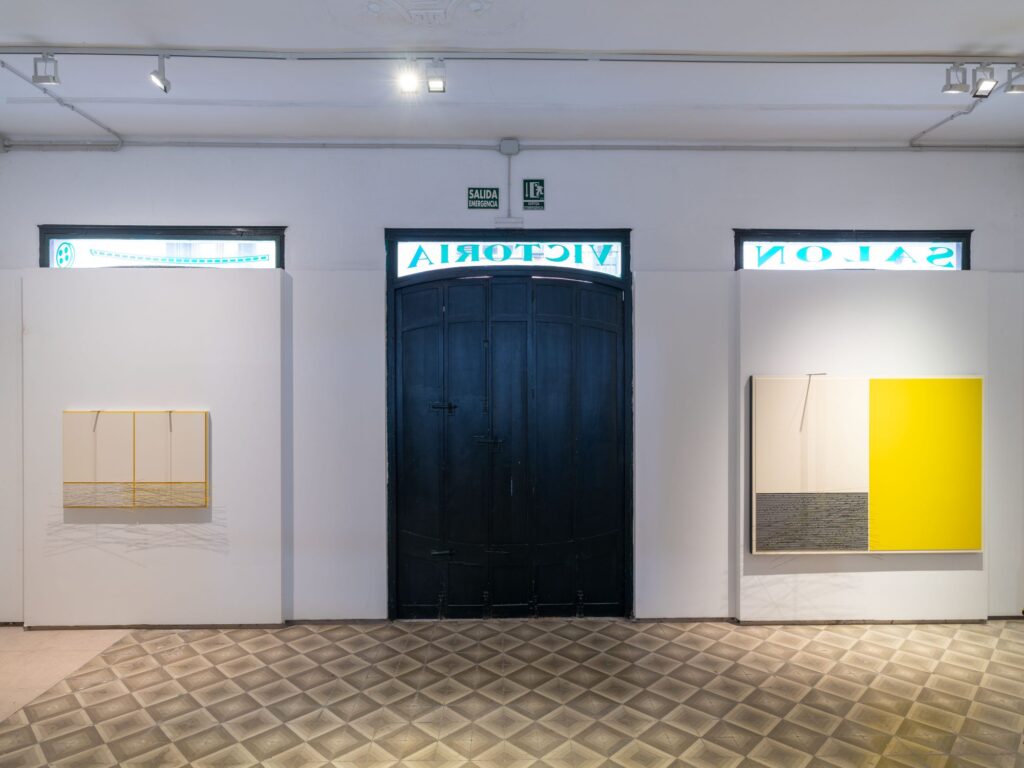
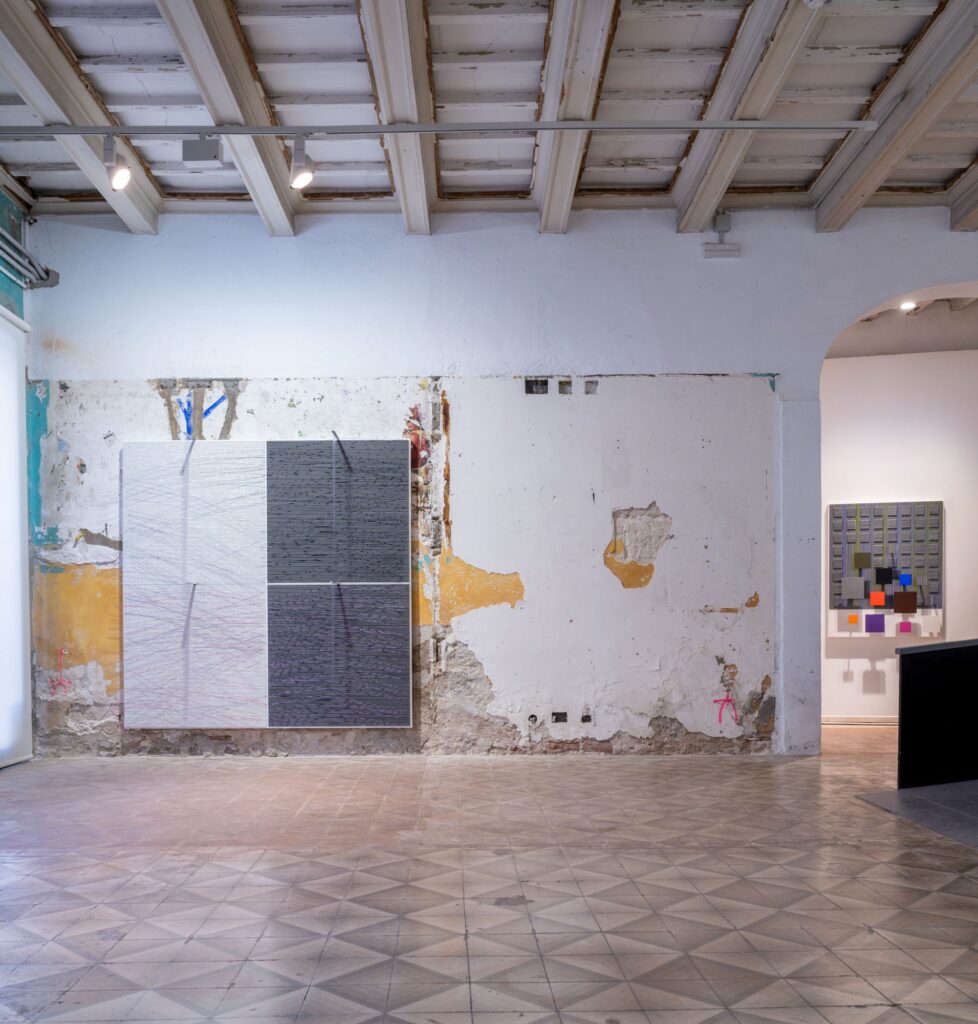
These plots would be very frequent in his pieces as a support, by arranging on them precisely painted metal squares, or mobile metal rods, capable of provoking illusory games; The gaps that remained between one element and another proposed an almost poetic coexistence between full and empty, the visible and the invisible.
End the tour with one of their Penetratablethe culmination of his attempts to give the viewer a crucial role in his art, to make it another element of his installations, in line with his own conception of the world, from a not only physical approach: Today we know that man is not on one side and the world on another. We are not mere observers, but constitutive parts of a reality, which we know is teeming, of living forces of which many are invisible. We are in the world like fish in water: without distance in the face of matter-energy; within it and not in front of it; There are no more spectators, only participants.
The energy referred to derives from the reduction of matter to its essences; we can consider the set of its Penetratable as attempts to translate the real into its fundamental structures.
Starting in September, this anthology will have a conceptual extension (the gallery prefers not to talk about continuity) in the two Madrid spaces of Cayón. Then, for the first time, the set of pieces that he made with the metallic shape of a T, illusory and vibrant, will come together.
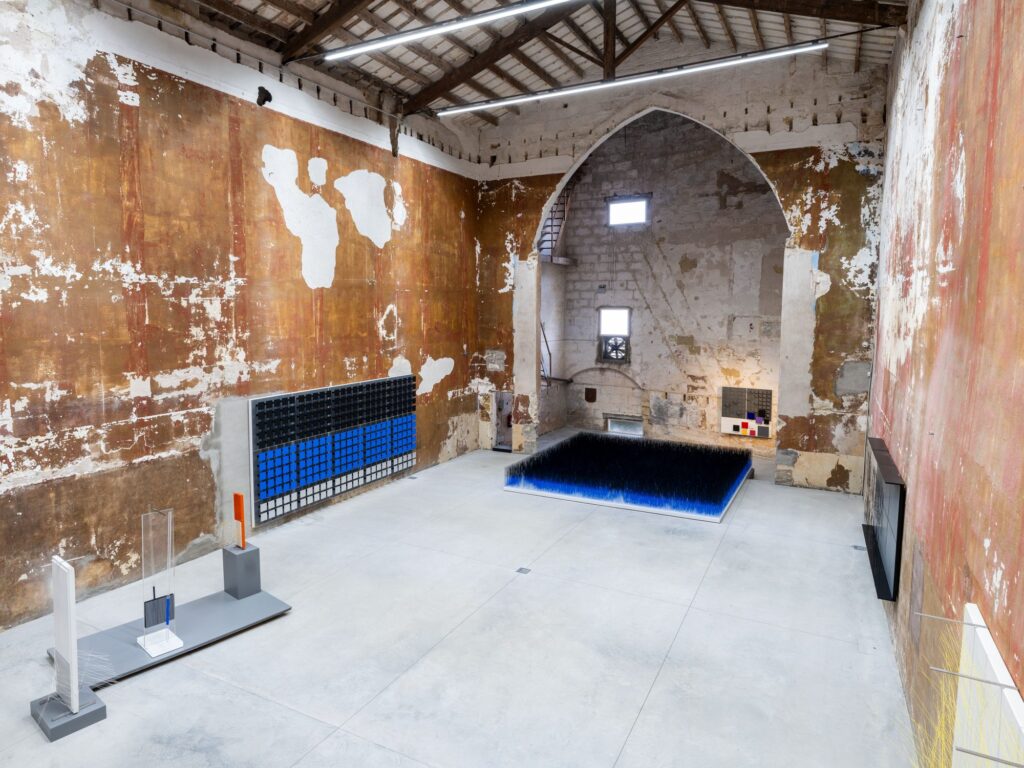
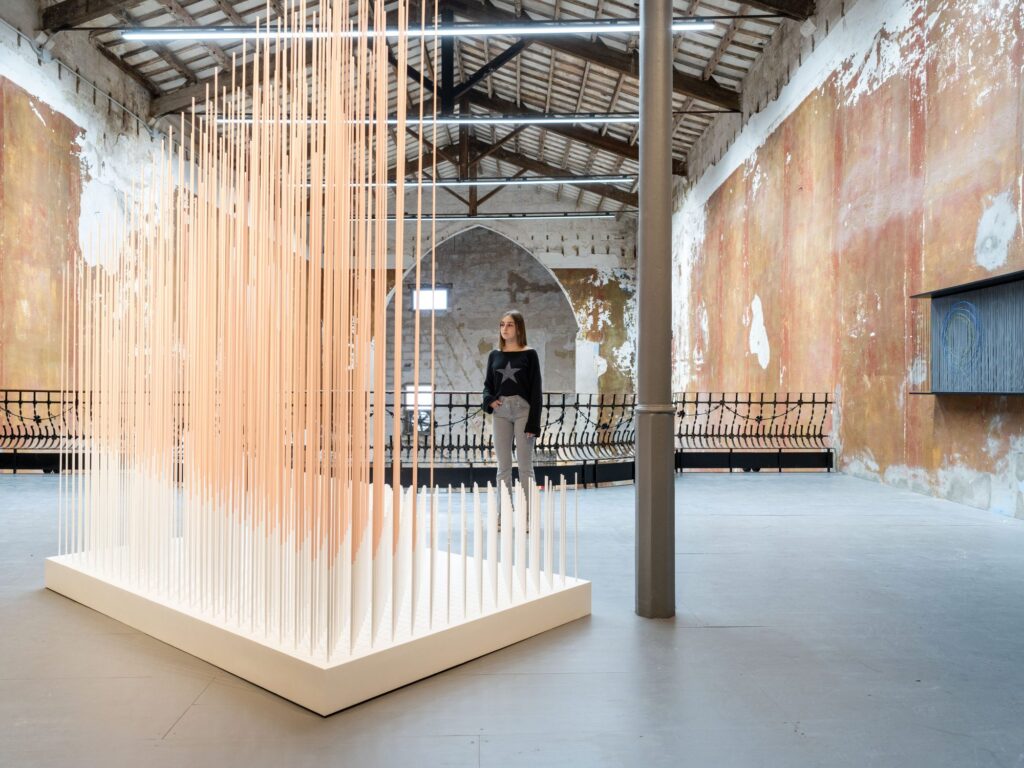
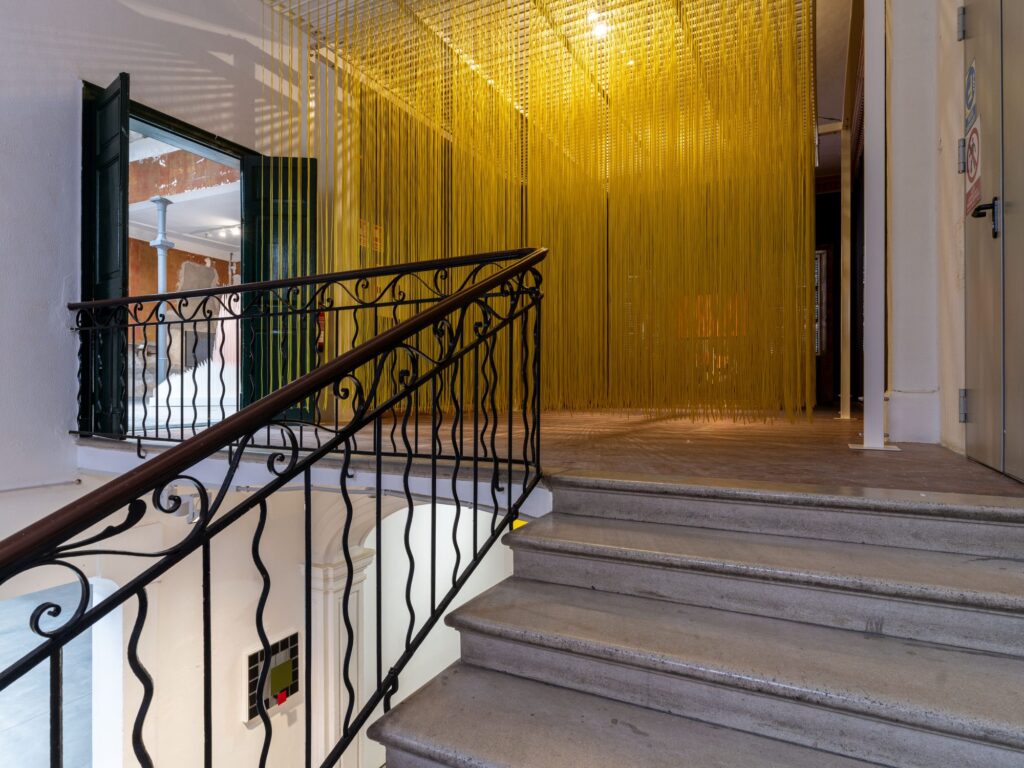
Soto
CAYON GALLERY
Carrer de Sant Roc, 24
Mahon
From June 3 to August 29, 2024

